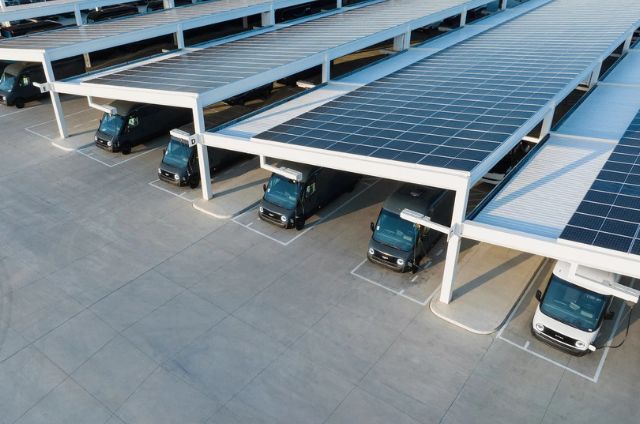Solar + EV Charging: Not As Simple As It Sounds
Many new EV owners are exploring solar power as a clean way to charge their cars — but one Redditor posed the ultimate question: Can I charge my EV with solar power even when the grid is down? The short answer? Yes. The real answer? It depends on your setup — and your budget.
Solar Panels Alone Won’t Cut It
Most solar installations today are grid-tied. That means when the power grid goes down, so does your solar system. Why? Because regulations require solar inverters to shut off to protect utility workers from back-fed electricity. So, unless you have a battery system and a smart transfer switch, your panels won’t do anything during a blackout.
The Role of Batteries and Hybrid Inverters
To run your home or charge your EV off-grid, you’ll need more than panels. You’ll need:
- A battery bank (like Tesla Powerwall, EG4, or EcoFlow)
- A hybrid inverter that can switch between solar, battery, and grid power
- Possibly a Microgrid Interconnect Device (MID) or Automatic Transfer Switch (ATS)
- These systems allow your home to “island” — creating a mini-grid that can stay up even if the main grid fails.
- But here’s the catch: this setup can cost 70% more than basic grid-tied solar. That’s why many people skip batteries — unless outages are common.
EVs as Backup Batteries?
Some EVs, like the Hyundai Ioniq 5, Kia EV6, and Ford F-150 Lightning, support Vehicle-to-Load (V2L) or Vehicle-to-Home (V2H). That means you can use your car’s battery to power part of your home during an outage. It’s a clever workaround if you want backup power without investing in a full battery system.
Is It Worth It?
If you want full energy independence — charging your EV and running your house off-grid — it’s technically possible. But expect a higher upfront cost, and plan for cloudy days or winter months with lower solar output.
Still, for many EV owners, the peace of mind and clean energy gains are well worth the price tag.



